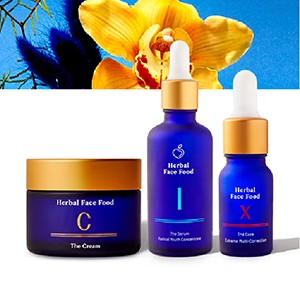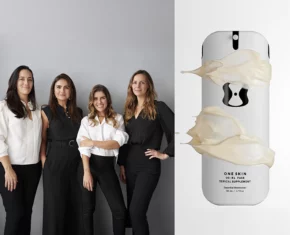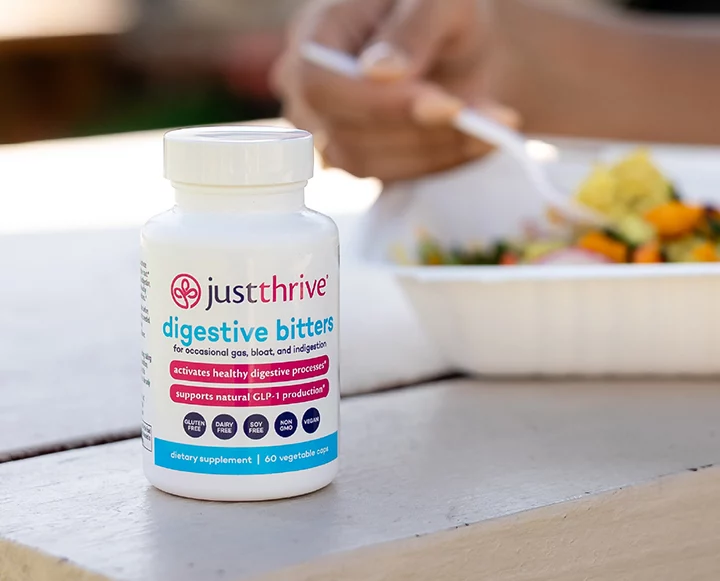You won’t find any adorable onesies in this Baby Gift Guide from MADE SAFE, but you might find something even better: holiday gift ideas that’ll help you build a healthy environment for the munchkins in your life to flourish in…
Before you go holiday shopping this season, keep in mind that many baby and children’s products can be full of toxic chemicals. Our youngest are also our most vulnerable population when it comes to exposure to harmful chemicals. Babies and infants breathe more than twice as much per minute as adults, so they have more than double the environmental exposure and a less developed system to detox. This makes it ever more important to use, buy and give gifts that aren’t linked to harm. But short of having a PhD in chemistry, it can be overwhelming to try to figure it all out on your own!
Our gift to you this year: the first-ever Healthy Baby Guide from MADE SAFE and the Plastic Pollution Coalition that gives you the skinny on which items to be most wary of, why and what products to buy in order to avoid unnecessary environmental exposures — just in time for holiday shopping!
According to Dr. Mark Hyman, “This baby guide is a powerful Rx for minimizing environmental exposures for our babies and children.”
We’ve pulled some highlights for your holiday shopping below, but this guide can also be a gift in and of itself. In addition to product recommendations, the information is broken out by rooms to allow you to tackle things easily. Exclusive for The Chalkboard Magazine readers, here’s a sneak peak with useful tips to help before you shop as well as specific nontoxic items to buy for your littler loved ones this holiday season…
Tip: Look for 100% wool or cotton materials for bedding, furniture and décor items.
These materials are inherently flame resistant, which means they don’t contain flame retardants that foam-based mattresses, nursing pillows, and changing table pads do [1].
Studies show that flame retardants appear immediately in the bloodstream and urine, and have linked these chemicals to long-term impacts [2] like endocrine disruption, lower IQ, ADD, fertility issues, thyroid disease and cancer. What’s worse, studies show that these chemicals can’t prevent fires and aren’t necessary.
Splurge: Happsy, Lullaby Earth and Naturepedic for baby bassinets and cradles, baby and kid’s mattresses, changing table pads and organic bedding.
Tip: Avoid common plastics that can leach chemicals into the environment, body or bloodstream.
Plastic can leach endocrine-disrupting chemicals into the food or liquid inside plastic containers [3]. High heat allows plastic to leach chemicals faster, so don’t heat food or liquids in plastic or pouches. Try glass bowls or steel pots instead, and use glass bottles or stainless steel bottles. Also opt for clear silicone nipples for baby bottles and pacifiers [4][5].
Sensible: Bioserie for teethers, rattles, stackers and toys. Pura Stainless for baby bottles, kid’s bottles, and sports bottles for every age!
Tip: Avoid fragranced products where you can…
even though scented candles are often burning this time of year. Fragranced items can contain endocrine-disrupting chemicals like phthalates and other un-labeled harmful ingredients and asthmagens or allergens that often don’t appear on labels but rather as part of the ingredients that make up “fragrance” or “perfume”. This is also true for personal care and beauty products. Unless you know the ingredients are okay, by simply avoiding fragrance or using clean essential oils you can reduce the likelihood of additional exposures.
Indulge: Curata for botanical fragrances for her.
Stocking stuffers: Alaffia, MamaEarth, Pleni Naturals and Neal’s Yard Remedies for baby personal care like bubble bath, shampoo/body wash, lotion, baby balm, and baby oil. Oilogic for essential oil roll-ons.
References:
[1] Flame Retardants in Baby Products: What You Can Do
[2] http://greensciencepolicy.org/topics/safe-kids-campaign/
[3] https://www.ncbi.nlm.nih.gov/pmc/articles/PMC3222987/
[4] http://www.ewg.org/research/ewg’s-guide-baby-safe-bottles-and-formula
[5] The evidence indicates that clear bottle nipples and pacifiers can likely be used without worry. (Siloxane migration concerns appear to be linked to a combination of heat exposure and food fat content.) To be safe, keep yours out of the dishwasher and discard any that are excessively cloudy or worn. Nipples should be replaced every six to eight weeks regardless of appearance. http://www.healthychild.org/easy-steps/from-bottle-nipples-to-baked-goods-is-silicone-safe/
The Chalkboard Mag and its materials are not intended to treat, diagnose, cure or prevent any disease. All material on The Chalkboard Mag is provided for educational purposes only. Always seek the advice of your physician or another qualified healthcare provider for any questions you have regarding a medical condition, and before undertaking any diet, exercise or other health related program.












